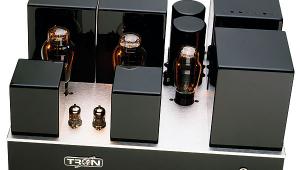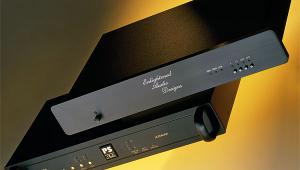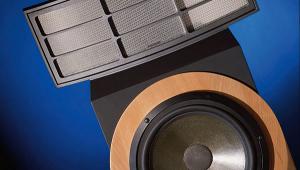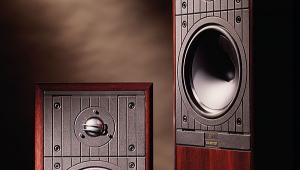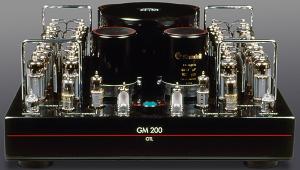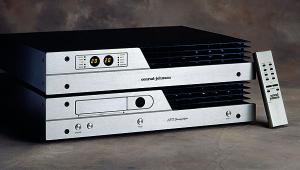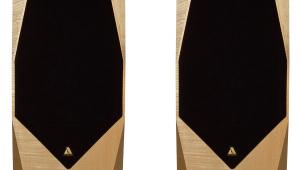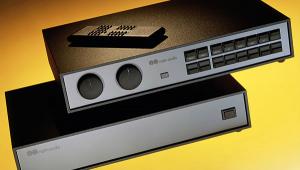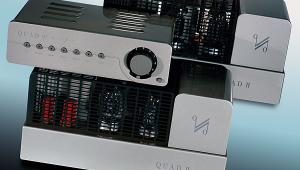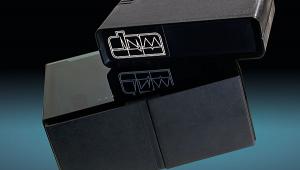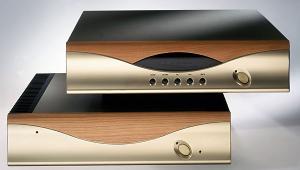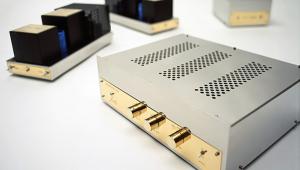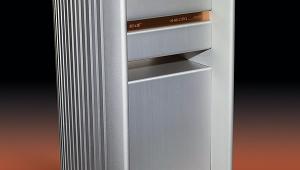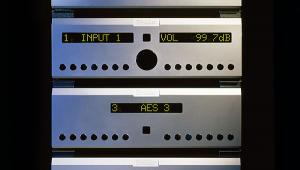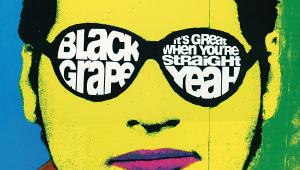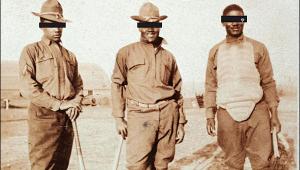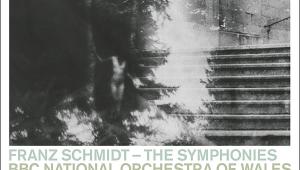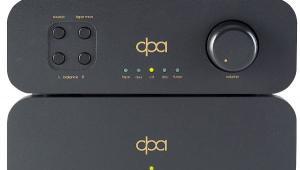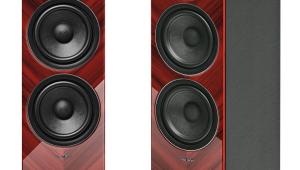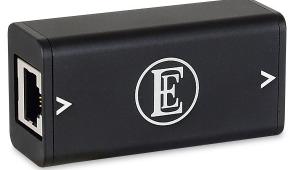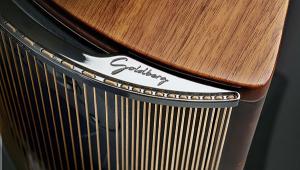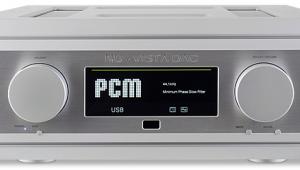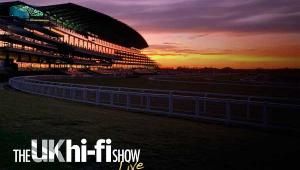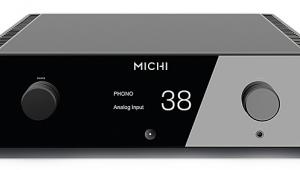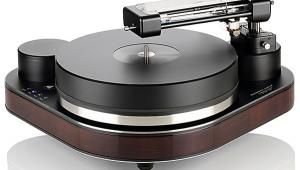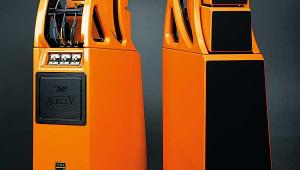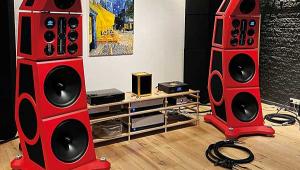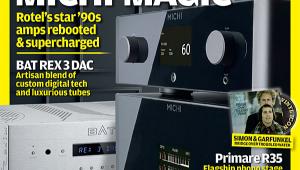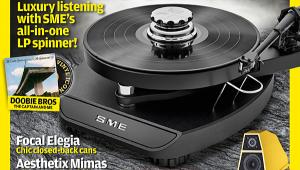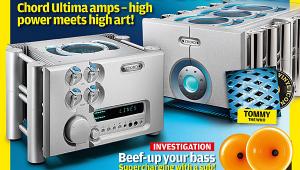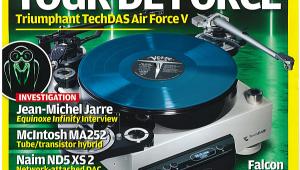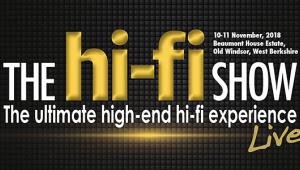ARC Reference Two Page 2
![]() Easy Beats
Easy Beats
From the outset with the Reference Two there was a sense of ease, an inner harmony and an overall balance to the musical structure that was both impressive and seductive. The more you listened the less important the mechanics of sound reproduction seemed to become. Consideration of cost became secondary, as did the technology or brand. Instead, the musical message took hold. Layers of detail were revealed in a rewarding structured way, all of a piece.
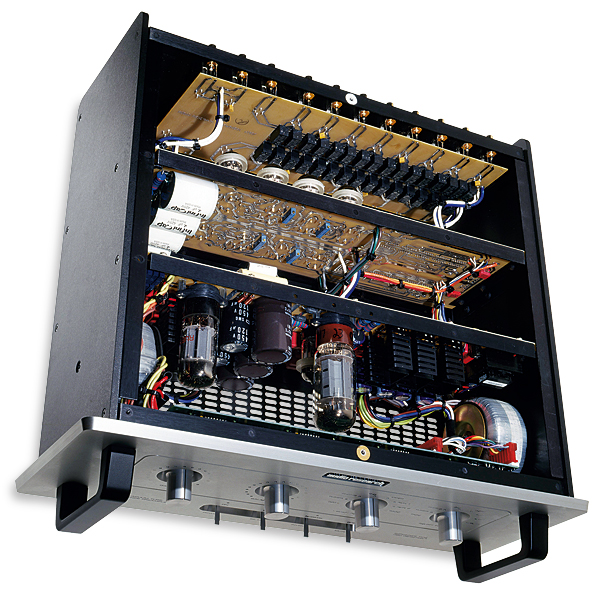
Given this is a tube model, it's perhaps surprising to be able to report on one of the supreme strengths of this product. It's in the bass where such technology can tend to show a trace of bloatedness, under-damping if you like, which can be combined at times with a loss of extension, the last half octave too dry or even audibly attenuated. So hearing this preamp was a pleasant surprise. Maintaining the best traditions of tunefulness and harmonic naturalness in the low register, it showed an even-handed extension to the lowest frequencies, for all the world sounding as if it was direct-coupled. What's more, the bass was tactile, agile, convincingly percussive and also had slam, which I would rate as being up there with the best that solid-state designs have to offer. And yet there was something extra, a tonal rightness about the low end which was just like the velvet midrange – as if qualities you ordinarily only get in the mid had now been extended to cover many octaves below, right into the bass.
On the way, meanwhile, you find a truly revealing upper bass/lower mid. It was here that jazz double-bass and orchestral cello sections were exceptionally well-resolved.
Stretching right out to the treble, that inner strength and precision remained. Sounding natural, open, airy and expressive, the treble was free from the occasionally encountered 'tinkly' or zingy sounds which some have associated with the electrodes – the grid wires, etc, – that reside within valves.
Big Picture
And what can I say about the midband? It was up there with the finest, being finely textured, well focused and very well layered, never forced or overly projected in the soundstage. Vocals were supremely natural, free from sibilance or edge, yet remained articulate and highly expressive. After such a sound, almost any comparable line controller seems to suffer from a mild degree of coloration.
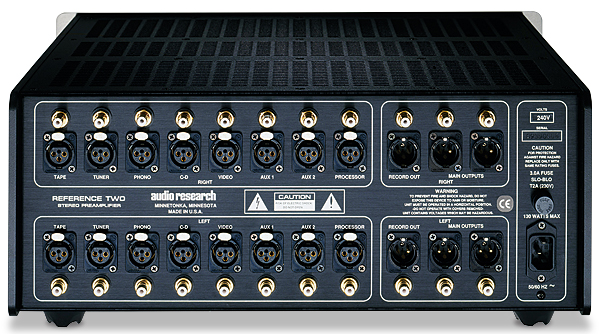
That driving, tuneful bass served to cohesively underpin the reproduction of both classical and rock programme. Dynamics were really very good, perhaps a touch 'controlled' compared with the finest SE zero-feedback examples, but very satisfactory nonetheless.
Where the Reference Two also scored was its almost uncanny ability to put the whole picture together, to accord musicians their proper importance in the perspective and still more remarkably, to positively assert the precise timing, the precision of playing of all the musicians from top to bottom.
Ticket To Ride
Many products can 'time' in areas of the frequency range, but in context nothing so far compares with the Reference Two in its ability to hold bass, mid and treble together so well in the temporal domain. The amplifier wasn't obviously rhythmic, but its rendition of rhythm simply crept up on you, leaving the programme itself to tell the story. With jazz it was simply remarkable; you took a whole step closer to the experience of the live event. It's also no lightweight. This control unit speaks with authority and inherent poise, making it more than a match for the finest power amplifiers and loudspeakers, revealing their full weight, depth and control.
On all other issues, it comes close to, or is state of the art – stage width, image depth, transparency, perspectives, image focus and focus stability over the frequency range. Above all, this design possessed an upbeat quality, inviting you in to ride the musical flow, quickening the pulse, creating an air of expectation. Nor does it disappoint when those anticipated special moments arrive.
The company's Reference One preamplifier employed solid-state supplies and regulation, so can it really be true that the return to what is in fact the older technology for this section has resulted in such a gain in performance? However they are achieved, the results now speak for themselves and the sound quality is nothing if not top notch.
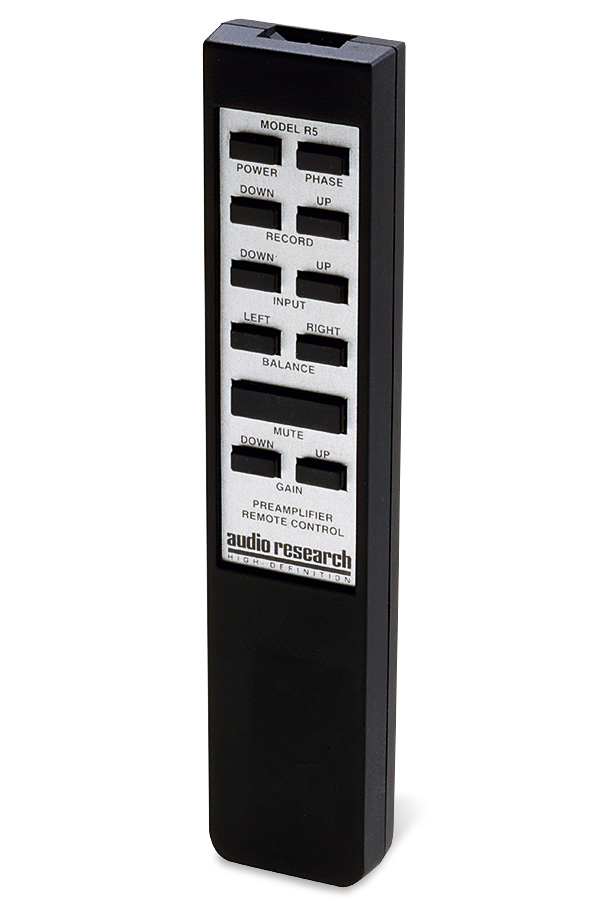
The Reference Two is well tuned, like a high-performance car, so an eye on maintenance will not go amiss, particularly if you are so appreciative of the sound that you leave it warmed up all the time. (Maybe you could put it on a time switch to sleep some of the night?)
It also offers many inputs, true source-independent dubbing SE and balanced facilities of comparable quality, which may be mixed at input or output, phase invert, and a silent high-resolution, control of volume and channel balance. Save for the most sensitive speakers, if used rather close up, the mild output noise is unlikely to be a problem. The response is wide, distortion negligible and the input/output matching favourable.
Conclusion
Reference by name, this line preamp now joins the reference class of analogue controllers thanks to its marvellously balanced sound, not just in respect of tonality but in the balance of qualities which together define truly high performance.
We have waited a little while for another classic design from William Zane Johnson, recalling his earlier great achievements such as the D79 power amp and the SP10 II preamp. Now it's arrived. The Reference Two is the new Johnson masterwork!
Also In HFN This Month In March 2000
SHOW REPORTS
All the news from the recent events at Warsaw and Ljubljana.
MP3 PLAYERS
The Diamond Rio 500, Maycom Merit, Philex MPress3, Pine D'Music, Pontis MP3 and Thomson Lyra.
AVI GRAVITRON
Biggest speaker yet from this small British company.
SUGDEN MASTERCLASS
Yorkshire's Class A specialist offers the Masterclass preamp and monoblock power amps.
KEF CONCERTO 1
A Belgian-built speaker that revives a famous KEF name.
CLEARAUDIO VICTORY
Moving-coil cartridge in both high- and low-output versions.
ELECTROCOMPANIET ECI-3
'Purist' integrated amplifier from a long-famous name.
ELAC JET 310i
Why has this tiny alloy-cased loudspeaker earned its stripes
as a lifestyle classic?
MUSICAL FIDELITY A300
It's in the same casework as the A3, but this new integrated amp offers far more watts.


